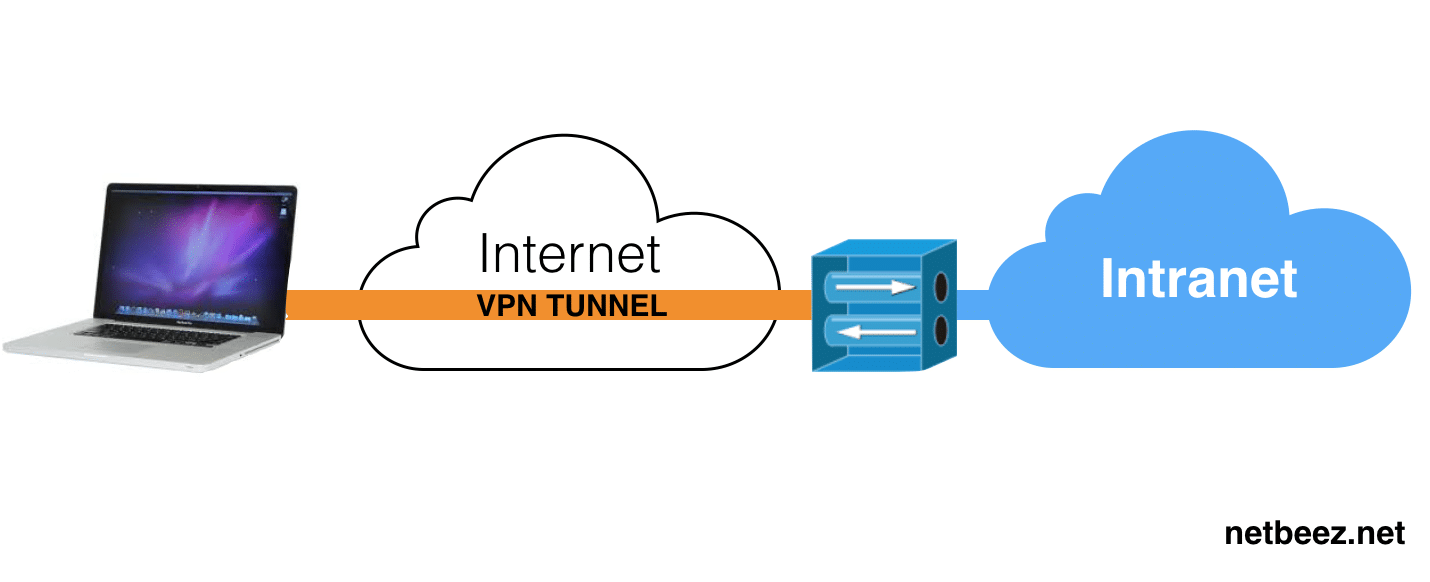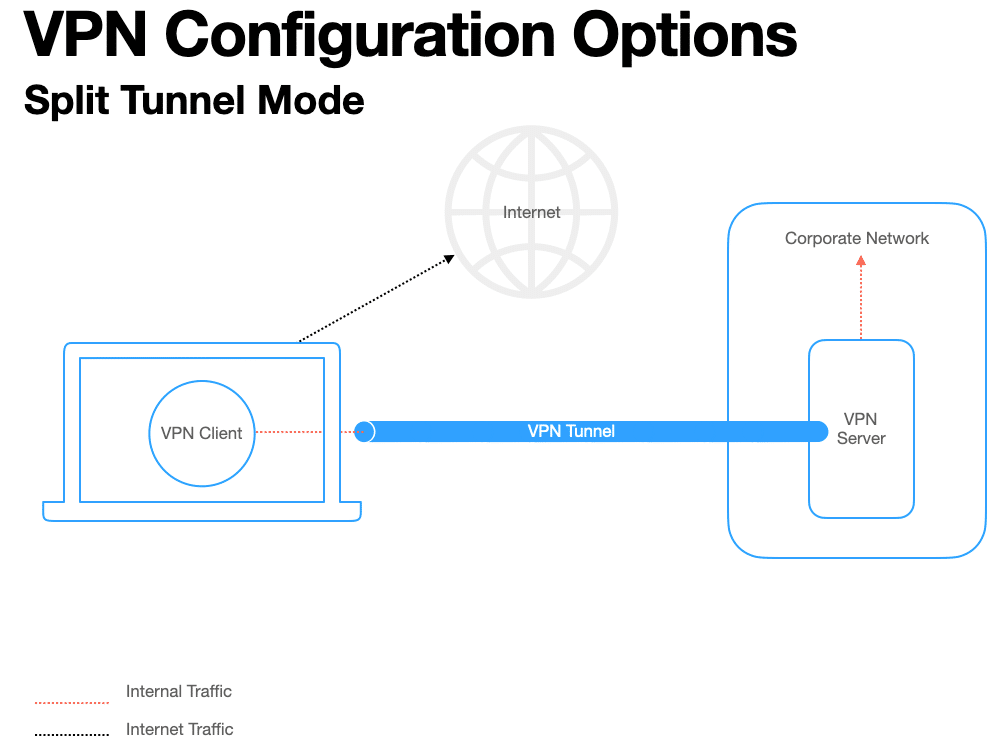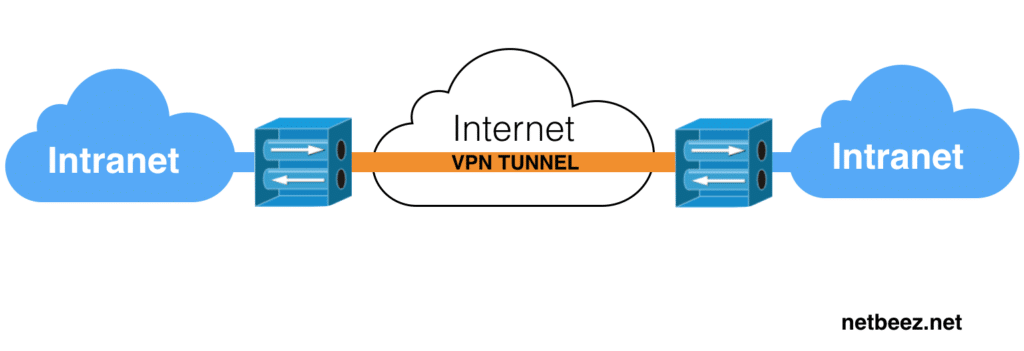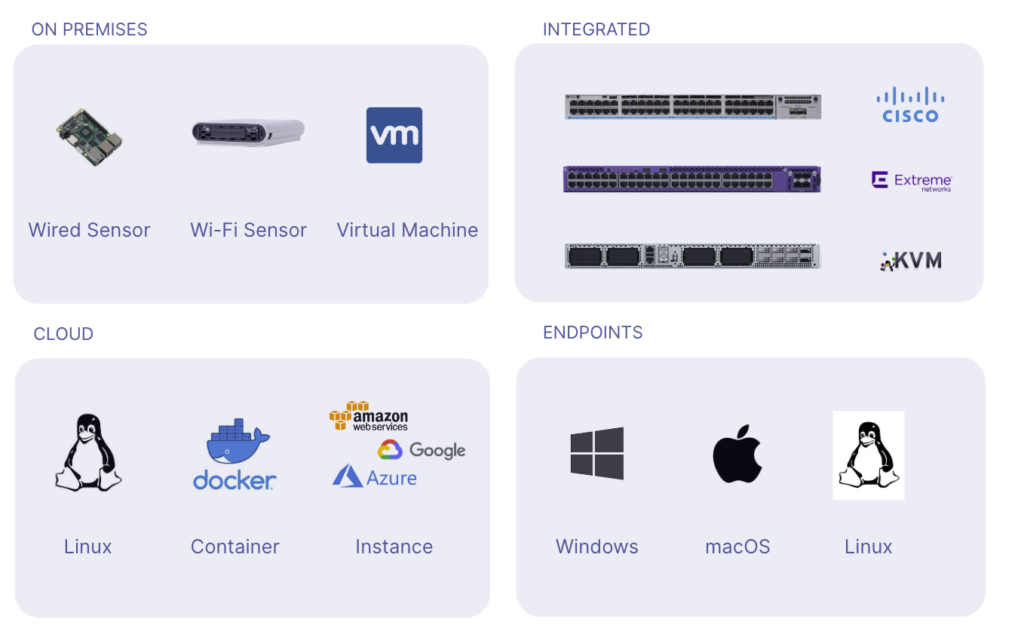Introduction to VPN Monitoring
What is VPN Monitoring?
VPN monitoring is a network management function that gathers the status and performance of a Virtual Private Network service. This is possible thanks to VPN monitoring tools that report the status of end-user clients and of the VPN server they connect to. A VPN monitoring tool not only collects connectivity and network performance statistics. These tools can also alert the network administrator when the VPN client can’t connect to the server, or the VPN tunnel is unable to pass traffic. As a result, VPN monitoring enables an IT operations team to proactively detect and correct remote access issues.
Importance of VPN Monitoring
Employees that rely everyday on a VPN client for their work expect reliable connections. VPN monitoring tools offer an effective method to ensure reliability and performance of VPN sessions, and alert when issues occur. These tools monitor VPN traffic, collect various VPN metrics both from the server side and the client’s side. If a remote user is having issues, the VPN monitor will detect that, along with required diagnostics data.

On the VPN server side it’s important to know the total number of VPN users connected, the amount of VPN traffic processed, and the bandwidth usage. The monitoring tool will alert when the server, or VPN gateway, is serving more VPN sessions than it can sustain. If it is, the network engineer will have to provision enough resources to match the VPN usage. To implement server side monitoring, network administrators rely on traditional network monitoring tools that periodically contact the server via SNMP or other protocols.
On the client side, remote users run VPN tunnel monitoring software that verifies that the VPN service is available and that the VPN tunnel can pass network traffic. NetBeez is a network monitoring tool that does exactly that. It provides lightweight software clients for Windows and Mac systems that constantly monitor the VPN tunnel status and performance, alerting the network administrator when one or more users are having difficulty with their VPN tunnels.
Benefits of VPN Monitoring
Enhanced Network Security
Virtual Private Networks are crucial for data encryption and authentication of private communications across a public network like the Internet. Organizations that adopted remote or hybrid work models, must ensure that employees have a stable and reliable VPN connection to the company network. Otherwise, if not addressed, frequent issues with the VPN may drive employees to find alternative ways to work and communicate. This could result in eavesdropped or stolen data.
Monitoring VPN performance and user experience is a necessity for organizations that rely on virtual private networks. It will enable the IT department to ensure that the organization adopts, enforces, and audits network security policies.
Improved Performance and Productivity
Organizations that do not have an effective way of monitoring VPN performance for their employees, can’t proactively manage VPN issues or improve user experience. Prolonged VPN outages have an impact on employees’ performance and productivity. In fact, a slow VPN connection increases a remote employee’s time to complete tasks, reducing productivity and engagement.
The problem is even more serious for remote contact center agents that provide support on voice and video conferencing. VPN performance issues will cause choppy conversations and one-way audio issues that will frustrate customers. This could easily impact a business’ bottom line.
The deployment of a VPN monitor client on an end-user device enables IT teams to gather metrics on latency, jitter, and packet loss, and to proactively detect VPN issues. This will help improve employees productivity , user experience, and performance.
Challenges in VPN Monitoring
VPN monitoring presents several challenges that can complicate network management, especially as network environments become more complex. Some of the most common challenges when monitoring remote access VPN include dealing with different Internet Service Providers with different speeds, wireless home networks, and device diversity. Lack of historical data and real-time makes it difficult to isolate performance issues that impact the end-user experience and VPN performance.
Best Practices for VPN Monitoring
Here are some best practices for ensuring an effective VPN monitoring implementation that is capable of proactively detecting performance degradation issues, capturing the end-user experience, and reducing troubleshooting time. We divide these best practices in three categories: data collection, data processing, and tooling.
Data collection
- Collect client-side network performance metrics such as latency, packet loss, jitter, ISP and VPN bandwidth as well as network interface information (VPN, WiFi, Ethernet)
- Collect server-side network devices uptime, number of connected users, monitor VPN traffic sent and received, etc.
- Collect VPN service availability and reachability from different geographical locations via cloud-based network monitoring agents
Data processing
- The server should process performance data in real-time, with minimal latency (less than 10 seconds)
- Ensure enough data retention period for historical analysis and performance trending
- Use centralized custom dashboards to visualize all the different types of performance metrics associated with VPN users
Tooling
- Implement proactive alerting based on VPN metrics real-time and historical data (e.g. trend analysis)
- Ensure the tool integrates with the email system or other applications (e.g. ServiceNow, MS Teams, etc.) to send notifications
- Configure periodic reports and custom dashboard for key stakeholders in the IT and Security teams
Tools for VPN Monitoring
There are two complementary ways to monitor VPN performance. The first one is using traditional network monitoring solutions for the server side. The second one is using VPN tunnel monitoring software for the client side performance. Each type has a very specific goal and scope in the overall VPN monitoring strategy. Let’s review each one of them.
Network Monitoring Solutions
Traditional network monitoring tools are effective for monitoring VPN gateway performance by providing visibility into server-side metrics like VPN uptime, traffic volume, and bandwidth usage. These tools, using SNMP and similar protocols, regularly poll the VPN gateway to ensure it is performing optimally and can support all active connections without oversubscription. By tracking the number of connected users and analyzing VPN traffic flow, network teams can detect issues early, adjust resources to prevent bottlenecks, and maintain a stable, high-performance VPN environment.
VPN Monitoring Software
To test the network performance and status of VPN tunnels it’s necessary to use purpose built VPN monitoring software. This type of software runs periodic tests across the tunnel to measure network performance and collect metrics such as VPN bandwidth available, packet loss, latency, and jitter.
There are two different types of VPN configurations: remote access VPN and site to site VPN. To monitor each one of these configurations, the strategies are slightly different in each case.
Monitoring remote access VPN
This service provides remote employees with secure access to corporate resources. This solution is includes software-based VPN clients and one or more VPN servers. When configuring a remote access VPN, the network administrator can select one of the two options:
Split tunnel mode is a configuration where network traffic destined to private hosts and applications within the company network is routed across the VPN connection. The rest of the Internet traffic uses the direct connection, off the tunnel.

Full tunnel mode where all network traffic is sent across the VPN connection. While this configuration mode offers more security and privacy, it may have higher latency and performance issues as the Internet traffic takes a longer route to reach its destination.

To monitor remote access VPN connections network administrators install monitoring software clients on the end-users systems. The VPN monitoring client runs continuous network testing to gather metrics on latency, jitter, and packet loss enabling the IT team to proactively detect issues that impact the user experience.
Monitoring site to site VPN tunnels
A site to site VPN tunnel establishes a secure connection between two network devices, like routers or firewalls, over an unsecured network, such as the Internet. This technology is widely adopted in Wide Area Networks (WAN) via Dynamic Multipoint Virtual Private Networks (DMVPN) or Software Defined WAN (SD-WAN) solutions.

To monitor a site to site VPN tunnel, the playbook is not that different from regular WAN monitoring. It’s recommended to install one or more hardware or software network monitoring agents at each site, including central ones such as data centers or headquarters. By running continuous network testing to and from each site, IT can determine the quality of network performance and end-user experience.
How to Implement VPN Monitoring with NetBeez
NetBeez is a network performance monitoring solution that helps network administrators monitor the status and performance of VPN connections. The solution offers a comprehensive set of real-time performance metrics that help network administrators detect VPN issues, and quickly identify their root cause.
The real-time performance data is provided by network monitoring agents that run continuous testing from the end-user perspective. There are two agent deployment options tailored to the two specific VPN deployment scenarios:
- Remote access VPNs: NetBeez offers lightweight software clients for Windows, Mac, and Linux that are called remote worker agents. These agents are installed on end-users’ laptops and desktops to gather network performance metrics for both split tunnel and full tunnel VPN configurations. Agents report the VPN tunnel status, latency, packet loss, and available speed along other useful data.
- Site to site VPNs: Hardware or virtual appliances, called network agents, that are deployed at remote network locations to monitor site to site VPN connectivity and performance. The hardware appliances are small single-board computers that can be powered via PoE or PSU. The agents report network performance metrics such as packet loss, latency, and throughput.

If you want to learn more about NetBeez, you can download the tech specs, request a demo, or start a free trial.
Conclusion
VPN monitoring is crucial for ensuring secure and reliable connectivity, as it provides insights into both client-side and server-side performance. By gathering metrics on VPN uptime, latency, jitter, and packet loss, IT teams can proactively detect and resolve issues. This helps preventing disruptions in user experience and securing remote access. Effective monitoring supports the needs of both remote access VPNs and site-to-site VPNs , enabling end-to-end visibility. Tools like NetBeez streamline this process with real-time, continuous monitoring. NetBeez delivers valuable performance insights to optimize VPN infrastructure and improve productivity.





